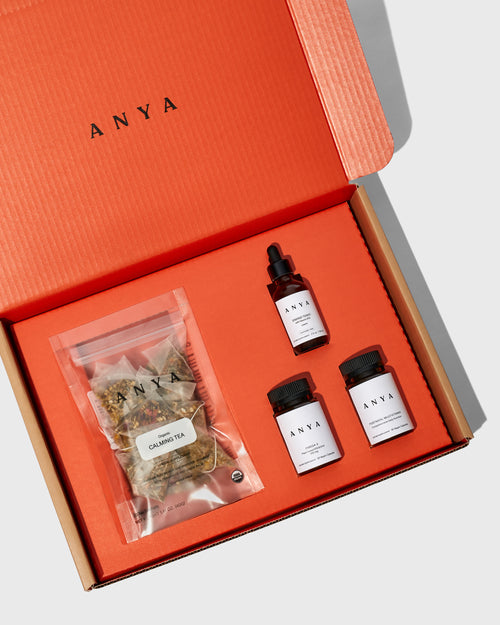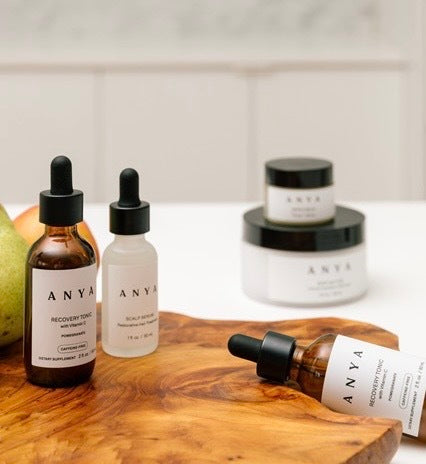“A lot of women worry that they are not making enough milk because it’s hard to know how much milk your baby is drinking if you are exclusively breastfeeding,” says Dr. Sarah Cascante, a reproductive endocrinology and infertility fellow at NYU Langone Health in New York City. “The most important thing to know is that if your baby is gaining weight, you are making enough milk.” We asked Cascante how to establish a milk supply that will meet your baby’s needs—and ease your own stress in the meantime.
Feed on demand.
“The more the baby is eating, the more milk you are going to produce,” says Cascante. Look for hunger cues (rooting, crying, lip smacking) and respond to them. Sometimes that can mean you’re feeding your baby every hour and a half; sometimes it can be three hours. It can feel exhausting, but in the first few weeks, it is especially important to get your milk supply up and running. It’s a way of letting your body know how much milk it needs to produce.
Understand why your baby is hungry all the time.
It’s not because you aren’t producing enough milk or because your baby isn’t getting enough milk. “Breast milk is digested quickly: every one and a half to two hours,” explains Cascante. This simple logic can relieve the frustration a new mother may feel and lessen the stress associated with frequent feedings.
Optimize every feeding.
When nursing her own child, Cascante found that using a Haakaa manual breast pump in the early days of breastfeeding allowed her to get more out of every feeding without overstimulating her breasts: “If the baby started on the right breast, I would put the Haakaa on the left. And when I switched the baby, I would switch the Haakaa as well.” The silicone suction cup stimulates letdown, and the bottle collects breast milk, which you can freeze if you want to build a stockpile.
Pump after breastfeeding.
“Milk removal is the primary factor that stimulates the body to produce more milk, so when the breasts are completely empty, that’s when you are going to be making the most milk,” says Cascante. Immediately after you finish breastfeeding, use a mechanical pump for ten to twenty minutes. “You might not get a large volume because the baby has already taken out most of your milk, but this will ensure that the breasts are entirely empty before the next feeding and allow your breasts enough time to fill up before the baby eats again.”
Drink more water.
We can tell you a million times that it’s important to stay hydrated—but many mothers still don’t drink enough water. Consider this: About 87 percent of breast milk is water, so the more water you drink, the more breast milk your body is able to produce.
Load up on omega-3s.
The American Academy of Pediatrics recommends that breastfeeding mothers consume at least 200 to 300 milligrams of DHA, an omega-3 fatty acid, daily. This is crucial for the baby’s brain development. Good sources of DHA include hemp, flax, and chia seeds; walnuts; and fish like salmon, tuna, and anchovies. A balanced diet, heavy on leafy greens and unsaturated fats, provides everything else your body needs to produce nutrient-rich breast milk for your baby, according to Cascante.
Anya Postnatal Multivitamin + Omega-3
Be proud of yourself.
Stress, anxiety, and fatigue have all been linked to decreased milk supply. And while we can remind you to take naps, watch Netflix, meditate, or do whatever you need to do to decompress, the most important thing is “to be proud of yourself for breastfeeding regardless of how much milk you are making because you’re doing a great thing for your baby’s health by supplying any amount of breast milk,” says Cascante.







